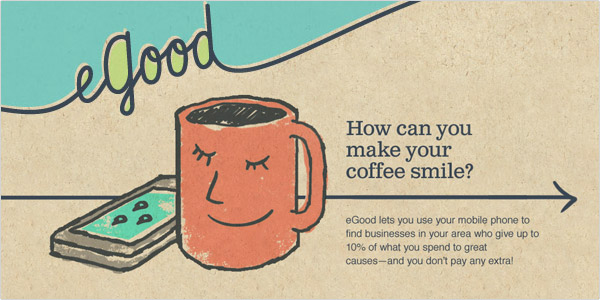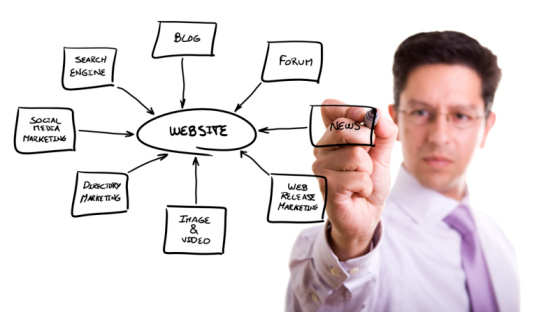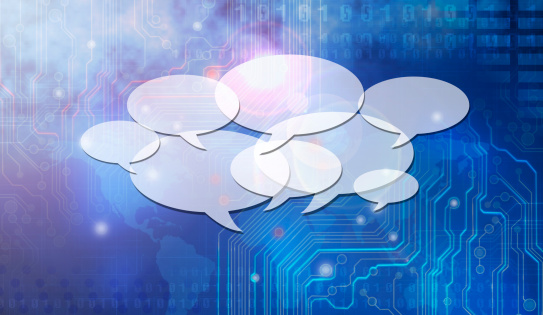
Bringing together a successful live event is always a balancing act. A lot of things need to come together, and you have to make sure it’s all going to go off without a hitch.
In this kind of environment, it can be hard to give something new a go. When you’re in a business where nothing can go wrong (though often something does), it makes sense to stick to your tried-and-true standbys. At the same time, new technology promises to boost events and event planning like never before.
It’s never been easier to make live events more responsive, more interactive, and more engaging for your attendees. Let’s take a look at some of the biggest tech trends, and how they might be able to help you with your next event.
1. Live Video and Crowd-Streaming
One of the biggest problems with a live event is also the whole reason we do them in the first place: they happen at one place and at one time, meaning everyone who wants to come can’t always attend.
The fact that some people miss out isn’t necessarily a bad thing. It gives your event a feeling of exclusivity that makes it feel all the more special for the people who can make it. There’s a good reason that tickets to Broadway’s Hamilton are selling for $1,000 per ticket or more: there is truly something special about being in the room where the magic happens.
On the other hand, those who can’t make it are still eager to have some opportunity to see what your event is all about, and they will often be your event’s biggest boosters in terms of amplification. Giving them a chance to have a personal, authentic experience, even when they’re tuning in from home, is paramount to harnessing that energy and using it to let the world know what you’re doing.
With that in mind, perhaps the hottest and most relevant tech trend is in live video and crowd-streaming. When it works, it feels like you’re right there in the room with the caster. As the founders of Periscope say, “it may sound crazy, but we wanted to build the closest thing to teleportation.”
As opposed to the more traditional live video setup, (think large pro video camera, cables, equipment table and trained cameraman), live streamers using equipment like Mevo or Switcher Studio, and apps like Periscope, Facebook Live and the soon to be available YouTube Connect – brings your audience to the center of the action. It lets them see your event through the eyes of an attendee or fan and lets them do more than just watch, they can participate. They can ask questions or comment on what’s taking place and if your live caster/host is smart, they’ll pay attention to what people are saying and respond, taking their streaming device over to meet someone, or show people something happening on the convention floor. This kind of interactivity is key to a great live stream, and points to the future of live streaming of events.
If you’re interested in giving crowd-casting a try, take a look at our live video guide for tips on how to get started.
2. Mobile Apps for Live Events
By providing standard references like schedules, navigation, and any supplementary materials, a mobile event app can drastically cut down on the amount of printing you need to do. It’s easier for attendees, it’s cheaper for you, and it’s environmentally friendly.
The next step is expanded features. More and more, as event organizers we want to find ways to increase the quality of interaction among attendees, and social discovery features are a great way to help do that.
Topi puts attendees profiles in one easy-to-scan place, allowing you to quickly look at attendees and ping anyone you have an interest in meeting. If they accept your invitation, a chat window will open to get the conversation started. Topi also offers some additional features designed to streamline common event organizing tasks—including registration—and the ability to generate a custom event website from information you put in the app.
3. RFID and Contactless Payment
London Fashion Week 2015 featured a new type of ticketing system design to be quicker, more secure, and with the potential for a lot more: RFID wristbands.
An RFID wristband or card is contactless, making admission a breeze. If you want to do something like create checkpoints around the various areas of your event, it’s easy for you and simple for your guests.
Events are increasingly moving towards cashless systems, and if everyone already has RFID for entry it’s a simple step to go contactless. It’s quicker than cash, so everything just happens a little more smoothly.
RFID is also secure—you can give each attendee their own individual code, allowing you to gather useful data throughout the event. You can see where all the social media folks tend to congregate, or track a day in the life of a developer. With the help of analytics you can adjust your event on-the-fly, or find useful insights in the post-mortem to help you improve your next event.
4. Crowdshaping
In the same way that live video is effective because it’s guided by the people watching it, crowdshaping allows you to use the wisdom of the crowd to fine-tune your event.
Crowdshaping is all about using the information you collect to adjust your event on-the-fly. Mobile event apps give you access to real-time actionable data. You can set up polls, have a Q&A system to get feedback, or even just look at the registration numbers for various events throughout the day.
The magic of crowdshaping is that you get the feedback live, so you can actually do something about it in real time. If a bunch of people are signed up for an event you can add more staffing, provide more seating, or move it to a bigger space. A poll can help you adjust the makeup of a panel, or schedule a surprise speaker. If you want to get started with crowdshaping, take a look at Connect’s great guide.
What you Can Do Right Now
Putting together a successful live event takes a magic combination of planning, flexibility, and luck. Paying attention to new tech trends can help get some of the details out of the way, so you can stay focused on the big picture.
-
Use live video to give streamers a personalized look at your event.
-
Get in the mobile app game to handle scheduling and help with networking.
-
Consider RFID and other contactless systems.
- Try crowdshaping tactics to respond to your attendees in real time.
- 5 Reasons Why Cloud Solutions are Essential for Small Business - February 4, 2024
- How to Migrate Your Business to the Cloud in 7 Steps - June 16, 2021
- How Beacon Technology is Revolutionizing Business and Marketing - March 18, 2021



